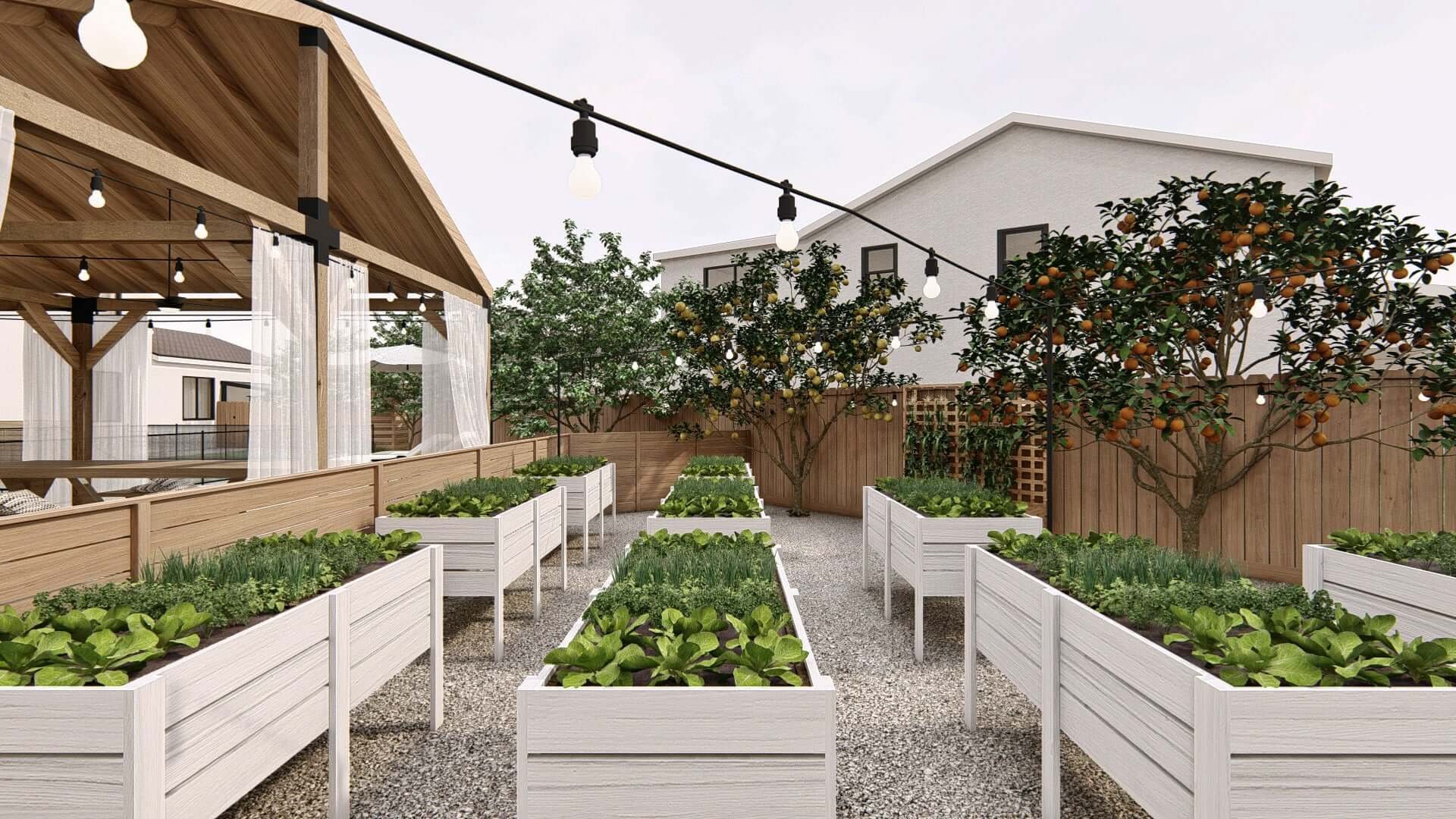

Articles
What To Fill Raised Garden Bed With
Modified: February 26, 2024
Discover the best materials for filling your raised garden bed. Learn how to create the perfect growing environment for your plants with this gardening guide.
(Many of the links in this article redirect to a specific reviewed product. Your purchase of these products through affiliate links helps to generate commission for Storables.com, at no extra cost. Learn more)
Introduction
When it comes to creating a thriving garden, one of the most important factors to consider is the quality of the soil. Soil provides the essential nutrients, moisture, and structure necessary for plants to grow and flourish. However, not all soil is created equal, and sometimes the native soil in our yards may not be ideal for gardening.
That’s where raised garden beds come in. Raised garden beds offer several advantages over traditional in-ground gardening, including better drainage, improved soil quality, and better control of weeds and pests. But to ensure the success of your raised garden bed, it’s crucial to choose the right soil blend to fill it with.
In this article, we will explore various options for filling your raised garden bed, focusing on organic and nutrient-rich soil blends. By understanding the different components available, you can make an informed decision and give your plants the best growing conditions possible.
Key Takeaways:
- Choose the right soil blend for your raised garden bed to create optimal growing conditions. Experiment with organic options like compost, peat moss, and coconut coir to enhance moisture retention and nutrient availability.
- Incorporating organic matter into your raised garden bed offers numerous benefits, including improved soil structure, enhanced moisture retention, and increased nutrient availability. Create a harmonious environment for healthy plant growth and ecosystem resilience.
Read more: How To Fill In A Raised Garden Bed
Soil Blend Options
When it comes to filling a raised garden bed, there are numerous soil blend options to choose from. Each option has its own unique characteristics and benefits. Let’s take a look at some of the most popular choices:
-
Organic Garden Soil
Organic garden soil is a blend of compost, topsoil, and other organic materials. It is rich in nutrients and provides a good balance of moisture retention and drainage. Organic garden soil is readily available at garden centers and is a convenient option if you’re looking for a pre-mixed blend.
-
Compost
Compost is a key component of any healthy garden soil. Made from decomposed organic matter, such as vegetable scraps, leaves, and grass clippings, compost enriches the soil with nutrients, improves its structure, and enhances moisture retention. You can make your own compost or purchase it from a local supplier.
-
Peat Moss
Peat moss is well-known for its moisture-retaining properties. It helps to prevent soil from drying out too quickly and improves water distribution throughout the bed. Peat moss is also lightweight and helps to loosen compacted soil, promoting root growth. However, it is important to use peat moss sparingly and consider its environmental impact when making your selection.
-
Vermiculite
Vermiculite is a naturally occurring mineral that improves soil aeration and drainage. It helps to prevent soil compaction and allows roots to access oxygen easily. Vermiculite holds onto moisture, making it a great option for retaining water in the garden bed. It can be found in most garden centers and is usually used in combination with other soil amendments.
-
Perlite
Perlite is a volcanic glass that is heated and expanded to create a lightweight material. It improves soil drainage, prevents compaction, and promotes root development. Perlite is commonly used in seed-starting mixes and can also be added to garden soil to enhance its structure and porosity.
-
Coconut Coir
Coconut coir, also known as coco coir, is a sustainable alternative to peat moss. It is made from the fibrous outer husk of coconuts and is an excellent water retainer while still providing good drainage. Coconut coir improves soil structure, retains nutrients, and promotes root growth. It is available in different forms, such as blocks or compressed bricks, which need to be rehydrated before use.
-
Manure
Well-aged manure, such as composted cow, horse, or chicken manure, is a valuable source of nutrients for plants. It enriches the soil with organic matter, adds essential minerals, and improves soil fertility. However, it is important to use manure that has been properly aged and composted to prevent any potential issues with pathogens or excessive nitrogen content.
-
Read more: How To Fill A Raised Garden Bed Cheap
Leaf Mold
Leaf mold is a type of compost made specifically from decomposed leaves. It adds organic matter to the soil, improves its structure, and enhances moisture retention. Leaf mold also provides a habitat for beneficial soil organisms, which contribute to the overall health of your garden.
-
Sand
Adding sand to your soil can improve drainage and increase its porosity. However, it is important to choose the right type of sand, such as coarse sand or builder’s sand, as fine sand can lead to compacted soil. Sand is often used in small quantities and blended with other soil amendments.
-
Biochar
Biochar is a form of charcoal that has been produced by heating organic materials, such as wood or agricultural waste, in a low-oxygen environment. It improves soil fertility, enhances water retention, and promotes beneficial microbial activity. Biochar also helps to sequester carbon in the soil, making it an environmentally friendly choice.
These are just a few options for filling your raised garden bed. Remember, the ideal soil blend will depend on factors such as the specific needs of your plants, your climate, and the existing soil conditions. Consider experimenting with different combinations to find the right blend that will provide optimal growing conditions for your garden.
Organic Garden Soil
Organic garden soil is a popular choice for filling raised garden beds. It is a pre-mixed blend of natural ingredients that provide the necessary nutrients and structure for healthy plant growth.
Organic garden soil typically consists of a combination of compost, topsoil, and other organic materials. Compost enriches the soil with essential nutrients and microorganisms that promote plant health. Topsoil, on the other hand, provides a solid base for plant roots and aids in moisture retention.
The main advantage of using organic garden soil is convenience. It is readily available at garden centers and can save you time and effort in sourcing individual soil amendments. Moreover, it provides a balanced blend of nutrients, ensuring that your plants receive optimal nutrition throughout the growing season.
When using organic garden soil, it is important to check the quality of the product. Look for soil blends that are certified organic and free from harmful chemicals or contaminants. Reading customer reviews and seeking recommendations can also help you choose a reputable brand.
Before filling your raised garden bed with organic garden soil, make sure to prepare the bed properly. Clear away any weeds or debris, and consider adding a layer of landscape fabric or cardboard to suppress weed growth. This will create a clean and weed-free environment for your plants to thrive.
When filling the bed, ensure that the soil is evenly distributed, leaving enough space for proper root growth. Water the bed thoroughly after filling to settle the soil and remove any air pockets. This will provide optimal conditions for plant roots to establish and grow.
Throughout the gardening season, it’s important to monitor the moisture levels in the soil and provide regular watering as needed. Organic garden soil tends to retain moisture well, but be mindful of overwatering, as it can lead to root rot and other issues.
One thing to keep in mind when using organic garden soil is that it may require additional amendments over time. As the organic matter breaks down, it is important to replenish the nutrients by adding compost or other organic fertilizers. This will ensure that your plants continue to receive the necessary nourishment for healthy growth.
In summary, organic garden soil is a convenient and balanced option for filling raised garden beds. It provides the necessary nutrients and structure for optimal plant growth, and it is readily available at garden centers. By properly preparing the bed and monitoring moisture levels, you can create an ideal growing environment for your plants using organic garden soil.
Read more: What Is A Raised Garden Bed
Compost
Compost is often referred to as “black gold” in the gardening world, and for good reason. It is a nutrient-rich soil amendment created through the decomposition of organic materials, such as vegetable scraps, leaves, grass clippings, and animal manure.
Using compost to fill your raised garden bed offers numerous benefits. First and foremost, it adds valuable organic matter to the soil, improving its fertility, structure, and moisture-holding capacity. Compost also enhances the soil’s ability to retain nutrients, reducing the need for additional fertilizers.
Another advantage of compost is that it helps promote beneficial microbial activity in the soil. These microorganisms break down organic matter further, releasing additional nutrients that plants can absorb. They also improve soil aeration and root penetration.
You have a couple of options when it comes to using compost in your raised garden bed. First, you can create your own compost pile at home by collecting appropriate organic materials and allowing them to decompose over time. This is a sustainable and cost-effective approach, as it reduces waste and saves money on commercial soil amendments.
If you don’t have the means to make your own compost, you can purchase it from local garden centers or composting facilities. Look for high-quality compost that has been fully decomposed and free from contaminants. You may also find specific compost blends tailored to certain plant types or gardening purposes.
When applying compost to your raised garden bed, aim for a layer that is approximately 2-3 inches thick. Mix the compost thoroughly with the existing soil or use it as a top dressing, depending on your specific needs. While compost is beneficial for most plants, it is especially advantageous for vegetables, herbs, and flowering plants.
Throughout the growing season, it is beneficial to add additional compost to your raised garden bed. This replenishes the organic matter and maintains the soil’s fertility over time. You can apply a thin layer of compost as a top dressing or incorporate it into the soil during routine maintenance.
Remember to keep the compost moist, but not overly saturated. This will foster the activity of beneficial microorganisms and ensure the continuous breakdown of organic matter. Regularly test the moisture levels in the soil and adjust your watering routine accordingly.
In summary, using compost to fill your raised garden bed is a wise choice. It adds organic matter, improves soil fertility, enhances nutrient content, and promotes beneficial microbial activity. Whether you make your own compost or purchase it, incorporating this “black gold” into your gardening routine will provide numerous benefits for your plants and the overall health of your garden.
Peat Moss
Peat moss is a popular soil amendment used to improve the structure and moisture-holding capacity of garden soil. It is derived from partially decomposed sphagnum moss found in peat bogs. While controversial due to its environmental impact, peat moss can still provide benefits when used judiciously in garden beds.
One of the main advantages of using peat moss in a raised garden bed is its ability to retain moisture. Peat moss has excellent water-holding capacity, which can be beneficial for plants, especially in dry climates or for moisture-sensitive species. It acts like a sponge, absorbing water and slowly releasing it to the surrounding soil.
Another benefit of peat moss is its ability to improve soil structure. When incorporated into the garden bed, it helps to loosen compacted soil, allowing for better root penetration and air circulation. It lightens heavy clay soils and improves drainage, preventing waterlogging and root rot.
When using peat moss, it is important to note that it is acidic in nature. This can be beneficial for plants that prefer acidic conditions, such as blueberries, rhododendrons, and azaleas. However, it may not be suitable for plants that require neutral or alkaline soil conditions. It is recommended to test the pH of your soil and adjust accordingly when incorporating peat moss.
It’s worth mentioning that the extraction and use of peat moss has raised concerns about its impact on peat bogs, which are important ecosystems for carbon sequestration and biodiversity. It is recommended to use peat moss sparingly and consider alternative soil amendments, such as coconut coir or compost, as more sustainable options.
When incorporating peat moss into a raised garden bed, you usually mix it with existing soil or other organic materials. Aim for a ratio of 1 part peat moss to 3 parts soil or compost. Blend the materials well to ensure even distribution throughout the bed.
It is important to note that peat moss has a dense texture and can become compacted over time. To prevent compaction, consider adding perlite or vermiculite to the mixture. These amendments will improve aeration and help maintain the loose structure of the soil.
Lastly, when watering plants in a garden bed with peat moss, it is crucial to monitor moisture levels carefully. Peat moss retains moisture well, which can lead to overwatering if not managed properly. Check the soil moisture regularly and water only when needed to maintain optimal growing conditions.
In summary, while peat moss has its benefits in improving soil structure and moisture retention, it is essential to consider its environmental impact and use it judiciously. Test the pH of your soil, incorporate it in the correct ratios, and explore alternative sustainable options. By doing so, you can harness the advantages of peat moss while minimizing its ecological footprint.
Vermiculite
Vermiculite is a natural mineral that has been heated and expanded to create a lightweight and porous material. It is widely used as a soil amendment in raised garden beds to improve drainage, aeration, and moisture retention.
One of the main benefits of vermiculite is its ability to improve soil drainage. It has excellent water-holding capacity while still allowing excess water to drain away. This is particularly useful in raised garden beds where proper drainage is essential to prevent waterlogging and root rot.
In addition to drainage, vermiculite also enhances the aeration of the soil. Its porous nature allows for better airflow, which is crucial for healthy root development and the exchange of gases between the soil and the atmosphere. Adequate aeration promotes robust plant growth and helps prevent the buildup of harmful pathogens.
Vermiculite also aids in moisture retention. It acts as a sponge, absorbing water and slowly releasing it to the surrounding soil. This characteristic is particularly beneficial in arid or dry climates where water conservation is essential. Vermiculite helps to maintain a more consistent moisture level in the root zone of plants.
When using vermiculite in a raised garden bed, it is important to blend it with other soil amendments or organic matter. Aim for a mixture of about 1 part vermiculite to 3 parts soil or compost. This will ensure that the vermiculite is distributed evenly throughout the bed and properly integrated with the existing soil.
It’s important to note that vermiculite is a sterile material, meaning it does not contain any nutrients. While it helps improve soil texture and moisture retention, it does not contribute to the nutritional needs of your plants. Therefore, it is essential to supplement your raised garden bed with organic fertilizer or compost to provide the necessary nutrients.
Vermiculite is readily available at garden centers in various grades or particle sizes. Fine-grade vermiculite is suitable for seed starting mixes, while medium or coarse-grade vermiculite is ideal for mixing into garden soil. Choose the appropriate grade based on your gardening needs.
When incorporating vermiculite into your raised garden bed, mix it thoroughly with the existing soil or compost before planting. This will ensure that it is evenly distributed and provides the desired benefits throughout the root zone. Water the bed after planting to help settle the vermiculite and remove any air pockets.
In summary, vermiculite is a valuable soil amendment for raised garden beds, offering improved drainage, aeration, and moisture retention. It helps create an optimal growing environment for plants, especially in areas with challenging soil conditions. By blending vermiculite with other soil amendments and providing proper nutrition, you can enhance the success of your garden and promote healthy plant growth.
Perlite
Perlite is a lightweight and porous material that is commonly used as a soil amendment in raised garden beds. It is made from volcanic glass that is heated and expanded, creating a white, granular substance with numerous air pockets.
One of the main benefits of perlite is its ability to improve soil drainage. The porous nature of perlite allows excess water to pass through easily, preventing waterlogging and the accumulation of standing water. This is especially important in raised garden beds where good drainage is essential for healthy plant growth.
In addition to drainage, perlite also enhances soil aeration. The air pockets in perlite allow for better airflow within the soil, ensuring that plant roots have access to oxygen. Adequate soil aeration promotes healthy root development and helps prevent issues like root rot and fungal diseases.
Perlite also helps to retain moisture in the soil. While it drains excess water, it still retains a portion of moisture for plant roots to access. This promotes a balance between drainage and moisture retention, providing an optimal environment for plant growth.
When using perlite in a raised garden bed, it is recommended to blend it with other soil amendments or organic matter. Aim for a mixture of about 1 part perlite to 3 parts soil or compost. This will ensure that the perlite is evenly distributed throughout the bed and integrated with the existing soil.
It’s important to note that perlite is an inert material, meaning it does not contribute any nutrients to the soil. Therefore, it is crucial to supplement your garden bed with organic fertilizer or compost to provide the necessary nutrients for your plants.
Perlite is readily available at garden centers in different grades or particle sizes. The choice of grade depends on your specific gardening needs. Fine-grade perlite is suitable for seed starting mixes, while larger-grade perlite is ideal for improving the soil structure of garden beds.
When incorporating perlite into your raised garden bed, mix it thoroughly with the existing soil or compost before planting. This will ensure that it is evenly distributed and provides the desired benefits throughout the root zone. Water the bed after planting to help settle the perlite and remove any air pockets.
In summary, perlite is a valuable soil amendment for raised garden beds, providing improved drainage, aeration, and moisture retention. By blending perlite with other soil amendments and providing the necessary nutrients, you can create an optimal growing environment for your plants. Whether you are starting seeds or establishing a garden bed, perlite can contribute to the success of your gardening endeavors.
Read more: What To Plant In A Raised Garden Bed
Coconut Coir
Coconut coir, also known as coco coir, is a sustainable and environmentally friendly soil amendment that is gaining popularity in gardening, including raised garden beds. It is made from the fibrous outer husk of coconuts and is known for its excellent water retention capabilities and ability to improve soil structure.
One of the main advantages of using coconut coir in a raised garden bed is its ability to retain water. Coco coir has high water-holding capacity, allowing it to hold moisture for extended periods of time. This can be especially beneficial in dry climates or for plants that require consistent moisture levels.
In addition to its water retention properties, coconut coir also enhances soil structure. It helps to loosen heavy clay soils, aiding in drainage and preventing compaction. It also improves the porosity of sandy soils, promoting better moisture retention. The fibrous nature of coir allows for better airflow and root development.
Coconut coir is available in different forms, including compressed bricks or blocks, which need to be rehydrated before use. To prepare it for your raised garden bed, simply soak the coir in water until it expands and becomes fluffy. Break it apart and mix it with other soil amendments or compost to create a well-balanced growing medium.
When incorporating coconut coir into your raised garden bed, aim for a ratio of approximately 1 part coir to 2 or 3 parts soil or compost. This will ensure that the coir is evenly distributed throughout the bed and properly integrated with the existing soil. Thoroughly blend the materials together to achieve a homogeneous mixture.
Coconut coir is pH neutral, which means it does not significantly impact the pH of the soil. This makes it suitable for a wide range of plants and allows for easier customization of the soil’s pH requirements. However, it is always a good practice to test the pH of your soil and adjust if needed.
As with any soil amendment, it is important to monitor the moisture levels in your raised garden bed when using coconut coir. While it has excellent water retention properties, it can also retain too much moisture if not managed properly, leading to waterlogged conditions. Check the soil moisture regularly and adjust your watering frequency accordingly.
In summary, coconut coir is an excellent choice for filling raised garden beds. It provides exceptional water retention, improves soil structure, and is an eco-friendly option. By incorporating coconut coir into your raised garden bed, you can create a healthy and well-balanced growing environment for your plants.
Manure
Manure is a valuable and nutrient-rich soil amendment commonly used in gardening, including raised garden beds. It is an organic material derived from animal waste, such as cow, horse, or chicken manure. When properly aged and composted, manure provides numerous benefits to the soil and plants.
One of the main advantages of using manure in a raised garden bed is its high nutrient content. Manure is rich in nitrogen, phosphorus, potassium, and other essential minerals that plants need for healthy growth. These nutrients are released slowly as the manure breaks down, providing a steady supply of nutrition to your plants.
Another benefit of using manure is its ability to improve soil structure. When incorporated into the soil, manure helps to break up compacted soil, improving drainage and allowing for better root development. It also adds organic matter to the soil, enhancing its moisture retention capacity and promoting the growth of beneficial microorganisms.
It is important to note that not all manure is created equal. Different animals produce manure with varying nutrient compositions. For example, chicken manure tends to be higher in nitrogen, while cow or horse manure has a more balanced nutrient profile. Consider the specific nutrient needs of your plants when selecting the type of manure to use.
When using manure in a raised garden bed, it is crucial to ensure that it has been properly aged and composted. Fresh manure can be high in nitrogen and may burn plants or introduce pathogens to your garden. To safely use manure, it should be composted for several months, allowing it to break down and become stable.
When incorporating manure into your raised garden bed, aim for a mixture of approximately 1 part manure to 3 or 4 parts soil or compost. This ratio ensures that the nutrient levels are balanced and prevents the soil from becoming overly rich in nutrients, which can be detrimental to some plants.
It’s important to note that manure should be well-mixed with the existing soil or compost to ensure even distribution of nutrients. Water the bed thoroughly after adding manure to help settle it into the soil and activate the release of nutrients.
Throughout the growing season, it may be necessary to periodically add more composted manure to your raised garden bed. This replenishes the nutrient supply and maintains soil fertility. However, be mindful not to overapply manure, as excessive nitrogen levels can negatively impact plant growth.
Lastly, when using manure in your raised garden bed, be aware of any potential harm to the environment. Manure from conventional livestock farming may contain antibiotics or hormones, so consider using organic or locally sourced manure whenever possible.
In summary, manure is a nutrient-rich soil amendment that provides valuable benefits to raised garden beds. When properly aged and composted, manure improves soil structure, adds essential nutrients, and enhances overall plant health. By incorporating manure into your gardening routine, you can create a fertile and thriving environment for your plants to grow.
Leaf Mold
Leaf mold is a valuable and nutrient-rich soil amendment that is created through the decomposition of fallen leaves. It is a natural and eco-friendly way to improve the quality of the soil in raised garden beds.
One of the main benefits of using leaf mold in a raised garden bed is its ability to improve soil structure. As leaves break down, they create a crumbly and dark humus-rich material that helps to loosen dense or compacted soil. This improves drainage and allows for better root development.
In addition to its effect on soil structure, leaf mold also enhances moisture retention in the soil. It acts like a sponge, absorbing and holding onto moisture, which helps to prevent soil from drying out too quickly. This can be especially beneficial in dry or arid climates where water conservation is important.
Leaf mold also adds organic matter to the soil, which helps to improve its fertility. As it decomposes, leaf mold releases nutrients slowly and provides a steady supply of nourishment to plants. It also promotes the growth of beneficial microorganisms that contribute to the overall health of the soil ecosystem.
To create leaf mold, collect fallen leaves from your garden or nearby areas. Avoid using leaves from trees or shrubs treated with pesticides or chemicals. Place the leaves in a designated area, such as a compost bin or a leaf mold pile. Allow them to decompose over time, which can take anywhere from several months to a year or more.
During the decomposition process, the leaves will break down and transform into a dark, crumbly material. This is the leaf mold that can be used to amend the soil in your raised garden bed. It is important to ensure that the leaf mold is fully decomposed and no longer recognizable as leaves before using it in your garden.
When incorporating leaf mold into your raised garden bed, mix it thoroughly with the existing soil or compost. Aim for a ratio of approximately 1 part leaf mold to 3 or 4 parts soil or compost. This will ensure that the leaf mold is evenly distributed throughout the bed and properly integrated with the existing soil.
Throughout the growing season, you may continue to add more leaf mold to your raised garden bed. This helps to maintain soil fertility and improve the overall health of the soil. Apply a thin layer of leaf mold as a top dressing or incorporate it into the soil during routine maintenance.
In summary, leaf mold is a valuable soil amendment that improves soil structure, enhances moisture retention, and adds organic matter to raised garden beds. By creating and incorporating leaf mold into your gardening routine, you can create a fertile and nutrient-rich environment that promotes healthy plant growth.
Sand
Sand is a widely used soil amendment that can be beneficial in certain situations when filling a raised garden bed. While it is not typically used as the sole component, incorporating sand into the soil mix can improve drainage and enhance the texture of the soil.
One of the main advantages of using sand in a raised garden bed is its ability to improve soil drainage. Sandy soil has larger particles compared to other types of soil, allowing water to pass through more easily. This helps prevent waterlogging and reduces the risk of root rot and other moisture-related issues.
In addition to drainage, sand can also improve the overall texture of the soil. It helps to break up heavy clay soils, making them more friable and increasing air circulation. The improved texture promotes better root growth and allows plants to access water and nutrients more effectively.
When incorporating sand into your raised garden bed, it is important to use the correct type of sand. Coarse sand or builder’s sand is recommended, as it has larger particles that allow for better drainage and aeration. Avoid using fine sand, as it can lead to compacted soil and poor drainage.
It is crucial to note that not all soils benefit from the addition of sand. If your native soil already has a sandy texture or if you are using a soil mix that already contains a significant amount of sand, adding more sand may lead to excessively fast drainage and poor water retention. It is important to assess the soil’s composition and drainage characteristics before deciding to amend it with sand.
When incorporating sand into your raised garden bed, aim for a mixture of approximately 10-20% sand combined with other soil amendments or compost. This small percentage helps to improve drainage without drastically altering the overall soil composition. Thoroughly mix the sand with the existing soil or amendments to ensure a homogeneous blend.
It’s important to be mindful of the potential downsides of using sand. In some cases, such as in heavy clay soils, the addition of sand can create a more challenging environment for plant roots. This can result in water pooling at the interface between the sand and clay, leading to stagnant water and impeded root growth.
In summary, using sand as a soil amendment in a raised garden bed can improve drainage and soil texture under certain circumstances. It is important to consider the composition and drainage characteristics of your soil before deciding to incorporate sand. By using the appropriate type and amount of sand, you can create an optimal growing environment for your plants.
Read more: What To Line A Raised Garden Bed With
Biochar
Biochar is an organic soil amendment that is gaining recognition for its numerous benefits in gardening, including its use in raised garden beds. It is a form of charcoal that is produced by heating organic materials, such as wood or agricultural waste, in a low-oxygen environment, a process known as pyrolysis.
One of the main advantages of using biochar in a raised garden bed is its ability to improve soil fertility. Biochar is highly porous, providing a large surface area for beneficial microorganisms and fungi to thrive. These microorganisms help to break down organic matter and release nutrients that are then available for plant uptake. Biochar also acts as a sponge, holding onto nutrients and preventing them from leaching away.
Another benefit of biochar is its ability to enhance soil structure. It helps to improve soil porosity and retain moisture, allowing for better water penetration and retention. This can be particularly advantageous in raised garden beds, where water management is critical.
Biochar has a unique ability to sequester carbon. By incorporating biochar into your raised garden bed, you are not only improving your soil health but also mitigating climate change. Biochar has a long-term stability, meaning it can hold carbon in the soil for hundreds or even thousands of years, reducing carbon dioxide emissions.
When using biochar in a raised garden bed, it is important to consider the dosage. The optimal amount of biochar to use depends on factors such as soil type, climate, and crop requirements. It is generally recommended to start with a small percentage, such as 5-10% biochar by volume, and monitor the effects on plant growth and soil health before incorporating higher amounts.
Prior to application, it is advisable to “condition” the biochar by precharging it with nutrients and beneficial microorganisms. This can be done by mixing the biochar with compost or compost tea, allowing it to “charge” for a period of time before it is incorporated into the raised garden bed. Conditioning the biochar helps ensure that it provides maximum benefits to your plants.
When incorporating biochar into your raised garden bed, make sure to thoroughly mix it with the soil or other organic amendments. This helps to ensure an even distribution of the biochar throughout the bed. Water the bed after application to help settle the biochar and activate its beneficial properties.
It’s worth noting that biochar is not a substitute for regular organic fertilizers or compost. While it improves soil structure and nutrient availability, it does not supply significant amounts of nutrients on its own. It is important to continue providing additional organic matter and nutrients to support plant growth.
In summary, biochar is a valuable soil amendment that enhances soil fertility, improves soil structure, and sequesters carbon. When used in raised garden beds, it can benefit plant growth, water management, and long-term soil health. By incorporating biochar into your gardening practices, you are not only creating a better environment for your plants but also contributing to mitigating climate change.
Mix equal parts of topsoil, compost, and peat moss to fill your raised garden bed. This will provide a balanced mix of nutrients, drainage, and moisture retention for healthy plant growth.
Benefits of Adding Organic Matter
Adding organic matter to your raised garden bed is highly beneficial for the overall health and productivity of your plants. Organic matter refers to any plant or animal material that is in a state of decay or decomposition. This can include compost, leaf mold, manure, and other natural substances. Here are several key benefits of incorporating organic matter into your garden soil:
- Improved soil structure: Organic matter helps to improve the structure of the soil by increasing its friability and reducing compaction. It loosens heavy soils, allowing better air and water movement, while also adding stability to sandy soils by increasing their water and nutrient-holding capacity.
- Enhanced moisture retention: Organic matter acts as a sponge, absorbing and holding onto water, which helps to prevent soil from drying out too quickly. This is especially important in raised garden beds where the soil can dry out faster due to increased exposure to wind and sun.
- Increased nutrient availability: Organic matter contains essential nutrients that are slowly released as it decomposes. This gradual release provides a steady supply of nutrients to your plants, reducing the risk of nutrient deficiencies and ensuring healthy growth. It also helps to improve nutrient retention in the soil, preventing leaching.
- Enhanced soil biodiversity: Organic matter provides a food source and habitat for beneficial microorganisms, earthworms, and other soil organisms. These organisms play a crucial role in decomposing organic matter, releasing nutrients, improving soil structure, and suppressing harmful pathogens.
- Suppression of weeds and pests: The addition of organic matter can help suppress weed growth by creating a mulch layer that blocks sunlight and inhibits weed germination. It can also promote the presence of beneficial organisms that naturally control pests, reducing the need for synthetic pesticides.
- Feeding the soil ecosystem: Organic matter acts as a source of energy and food for soil organisms, supporting their populations and activity. A healthy and diverse soil ecosystem enhances nutrient cycling, improves soil fertility, and contributes to overall ecosystem resilience.
- Promotion of plant growth and vigor: With improved soil structure, nutrient availability, and moisture retention, plants grown in soil rich in organic matter tend to exhibit better growth, increased vitality, and improved resistance to diseases and environmental stressors.
By adding organic matter to your raised garden bed, you are creating a harmonious environment that fosters the well-being of your plants and enhances the overall health of the ecosystem. Remember to regularly incorporate fresh organic matter or apply compost to replenish the nutrient levels and sustain the benefits.
Conclusion
Filling a raised garden bed with the right soil blend is crucial for creating optimal growing conditions for your plants. By choosing organic and nutrient-rich materials, you can ensure the success and productivity of your garden. Throughout this article, we have explored various soil blend options for raised garden beds, including organic garden soil, compost, peat moss, vermiculite, perlite, coconut coir, manure, leaf mold, sand, and biochar.
Each of these soil amendments offers unique benefits and can be used in combination to create a well-balanced soil blend. Whether you prioritize moisture retention, drainage improvement, nutrient availability, or soil structure enhancement, there is a suitable option for your raised garden bed.
Incorporating organic matter into your raised garden bed brings a multitude of benefits. It improves soil structure, enhances moisture retention, increases nutrient availability, promotes beneficial soil organisms, suppresses weeds and pests, and supports overall plant growth and health. Additionally, organic matter contributes to the sustainability of the soil ecosystem and mitigates climate change.
As you plan your raised garden bed, consider the specific needs of your plants, your local climate conditions, and the composition of your native soil. Experiment with different combinations of soil amendments to find the right blend that will provide optimal growing conditions for your garden.
Remember to prepare the bed properly, evenly distribute the soil blend, and maintain appropriate watering and nutrient management throughout the growing season. Regularly monitoring the moisture levels and nutrient requirements of your plants will ensure healthy growth and abundant harvests.
In conclusion, by selecting the appropriate soil blend, incorporating organic matter, and nurturing your raised garden bed, you can create a thriving and productive garden. Enjoy the journey of gardening and the rewards of growing your own fresh and nutritious produce.
Frequently Asked Questions about What To Fill Raised Garden Bed With
Was this page helpful?
At Storables.com, we guarantee accurate and reliable information. Our content, validated by Expert Board Contributors, is crafted following stringent Editorial Policies. We're committed to providing you with well-researched, expert-backed insights for all your informational needs.
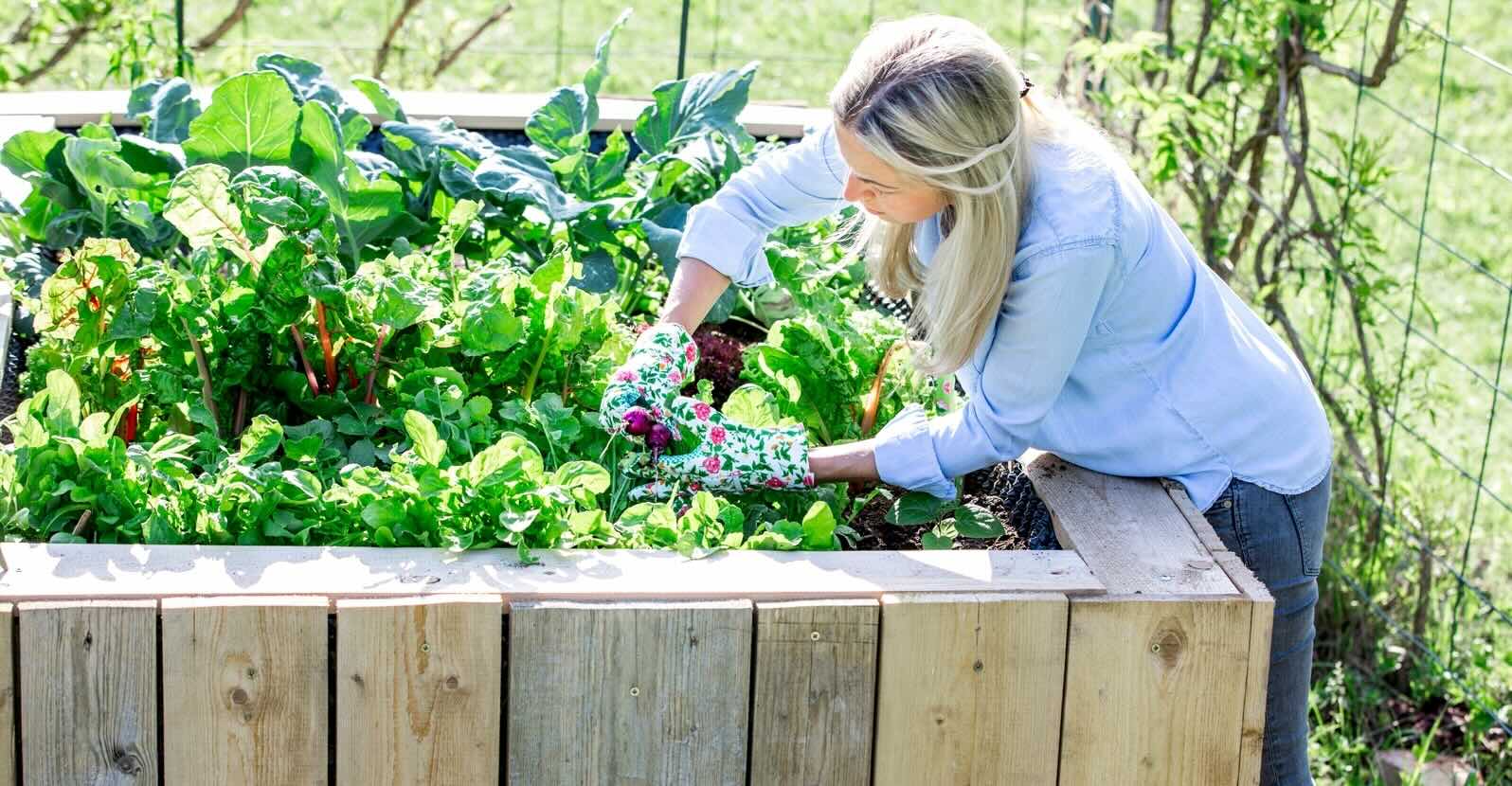
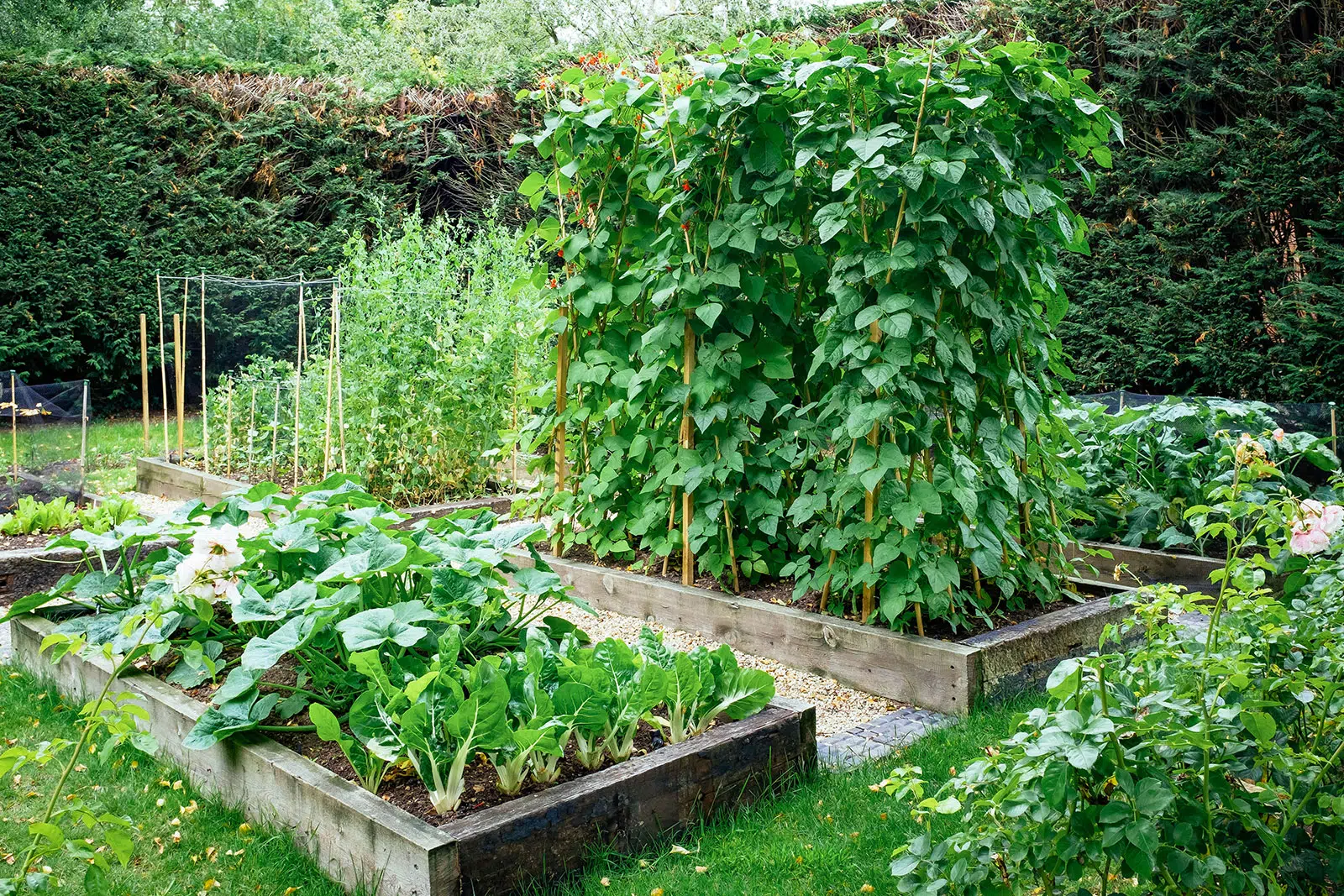
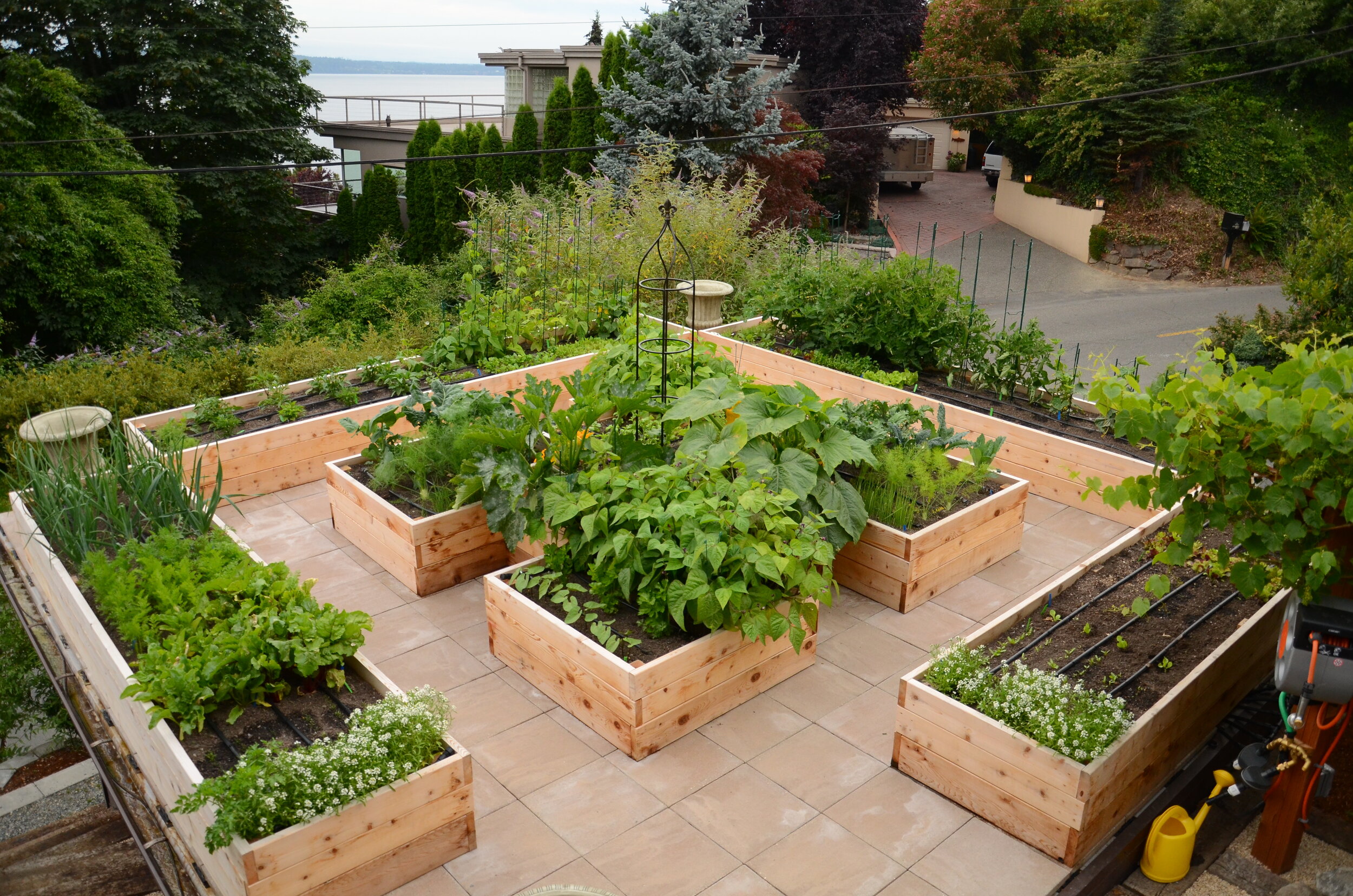
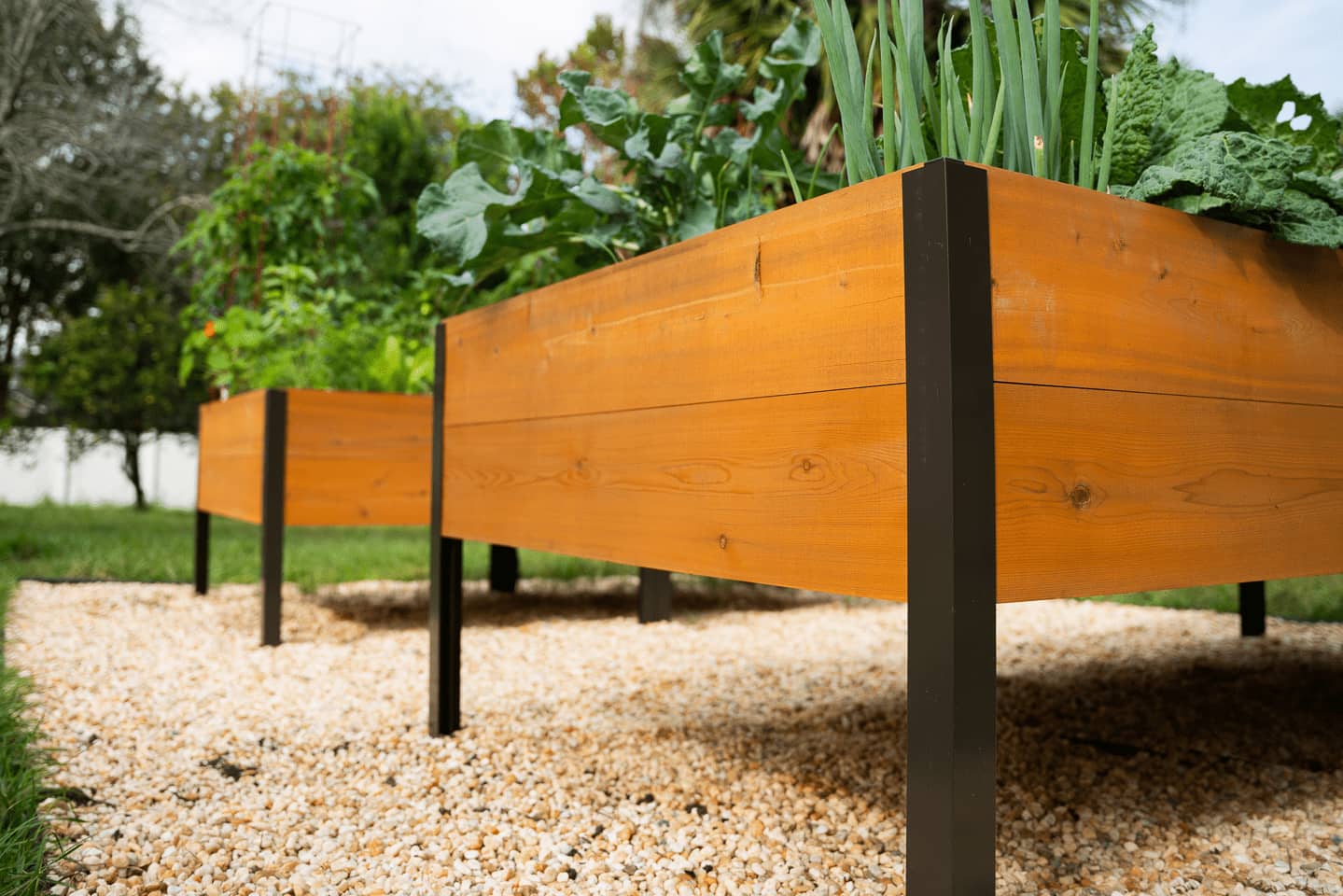
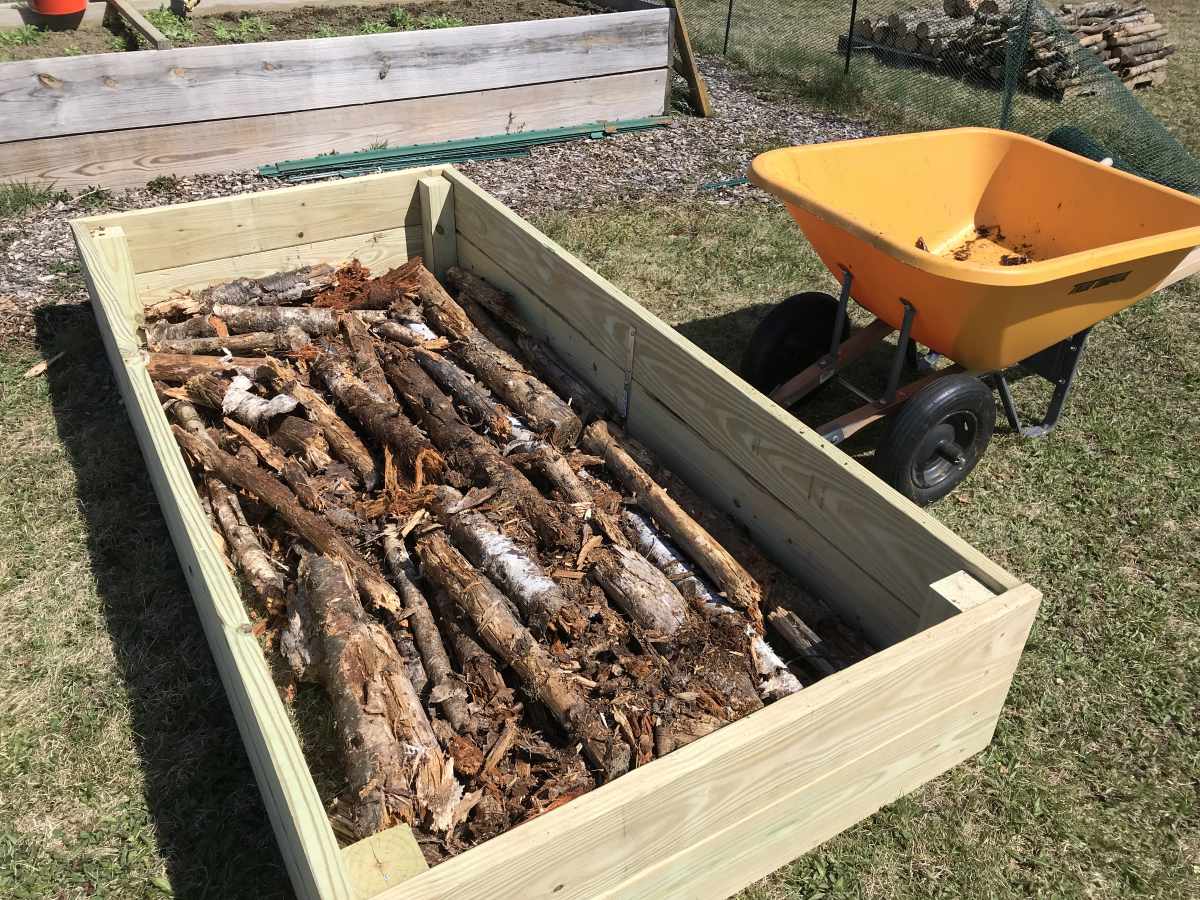
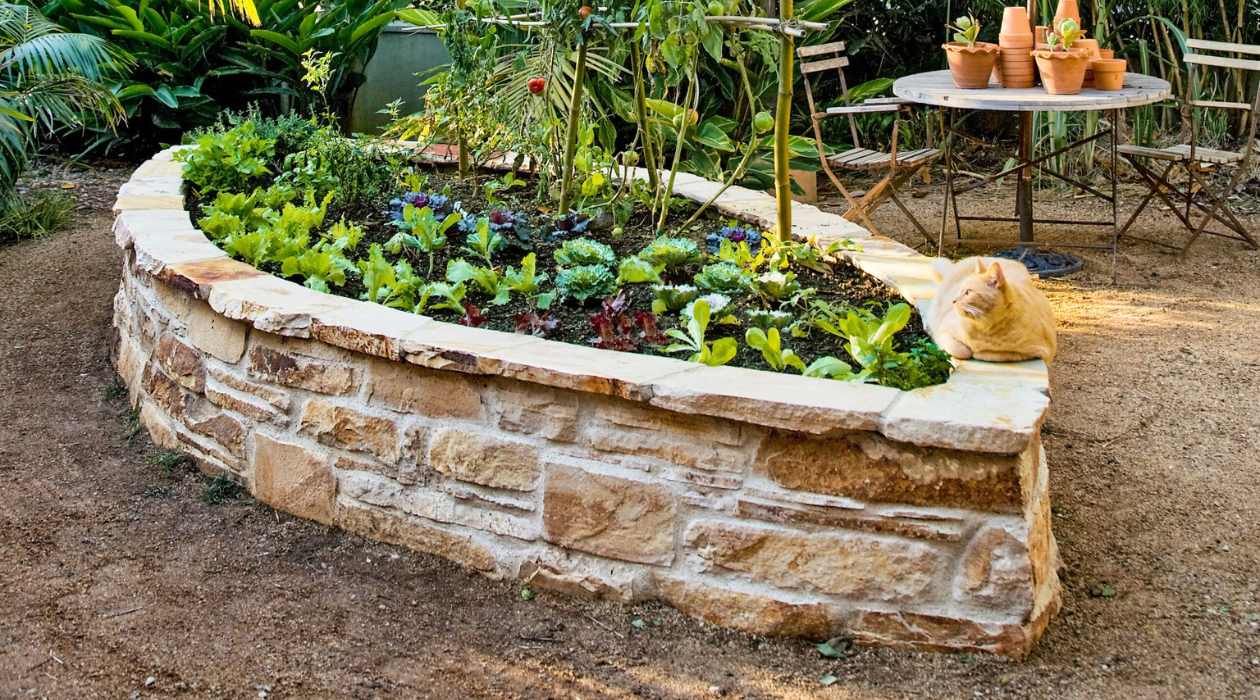
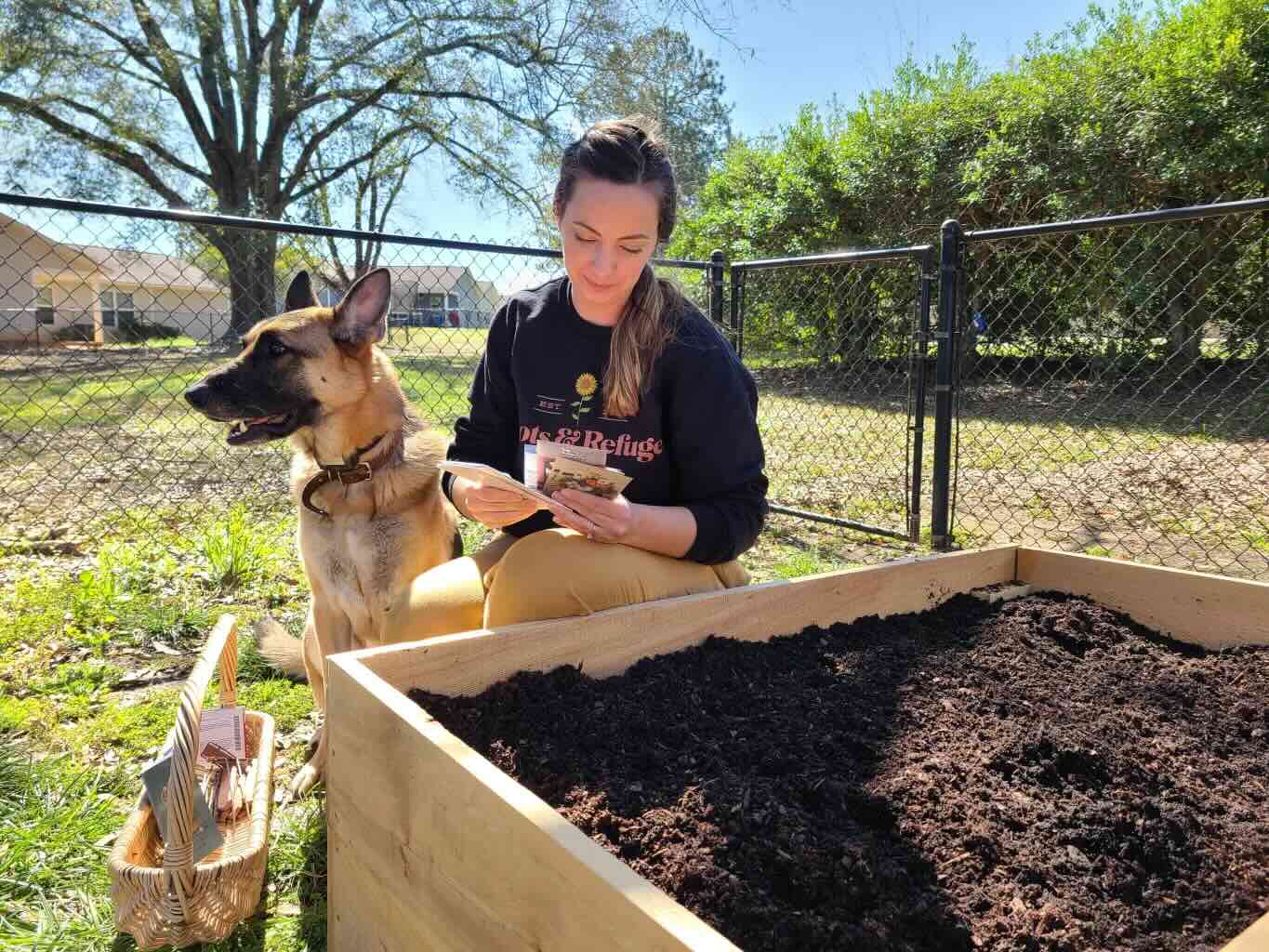
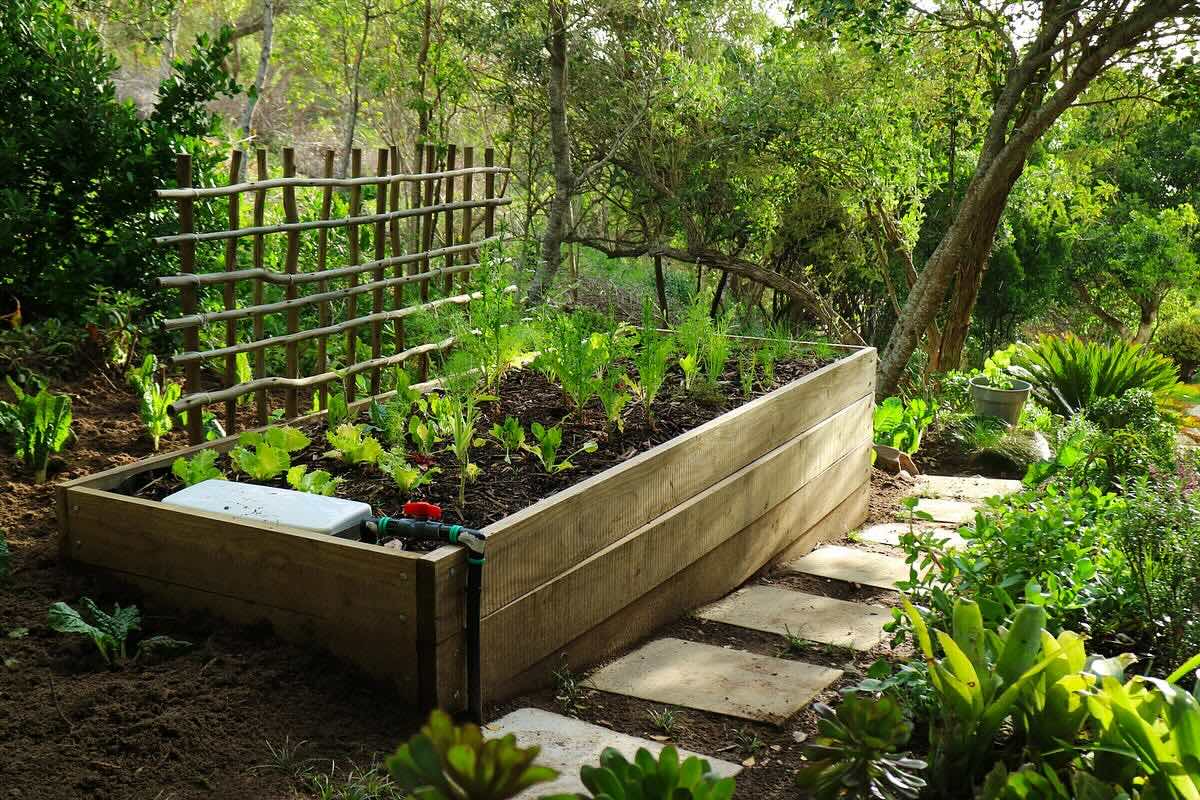
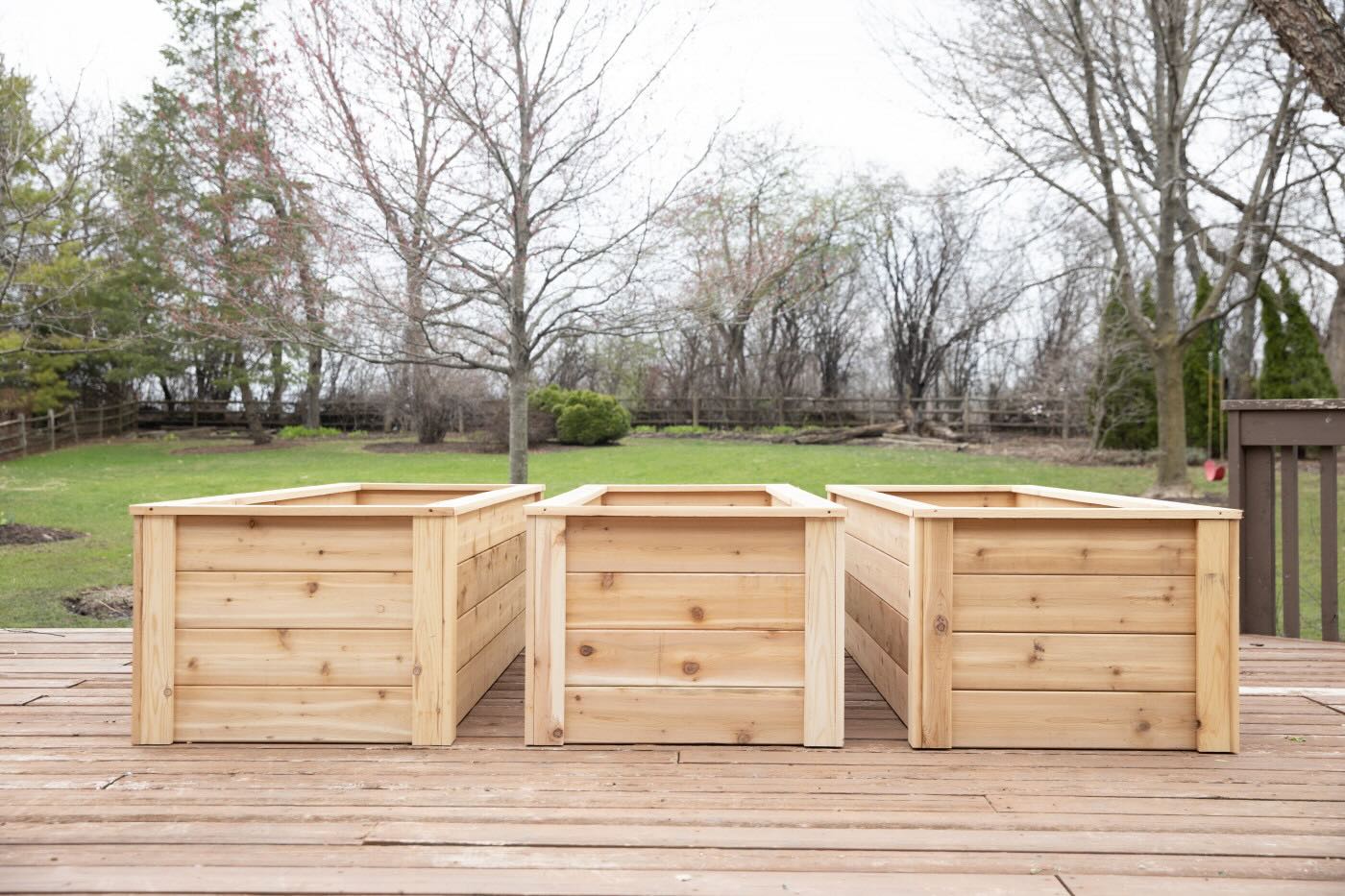
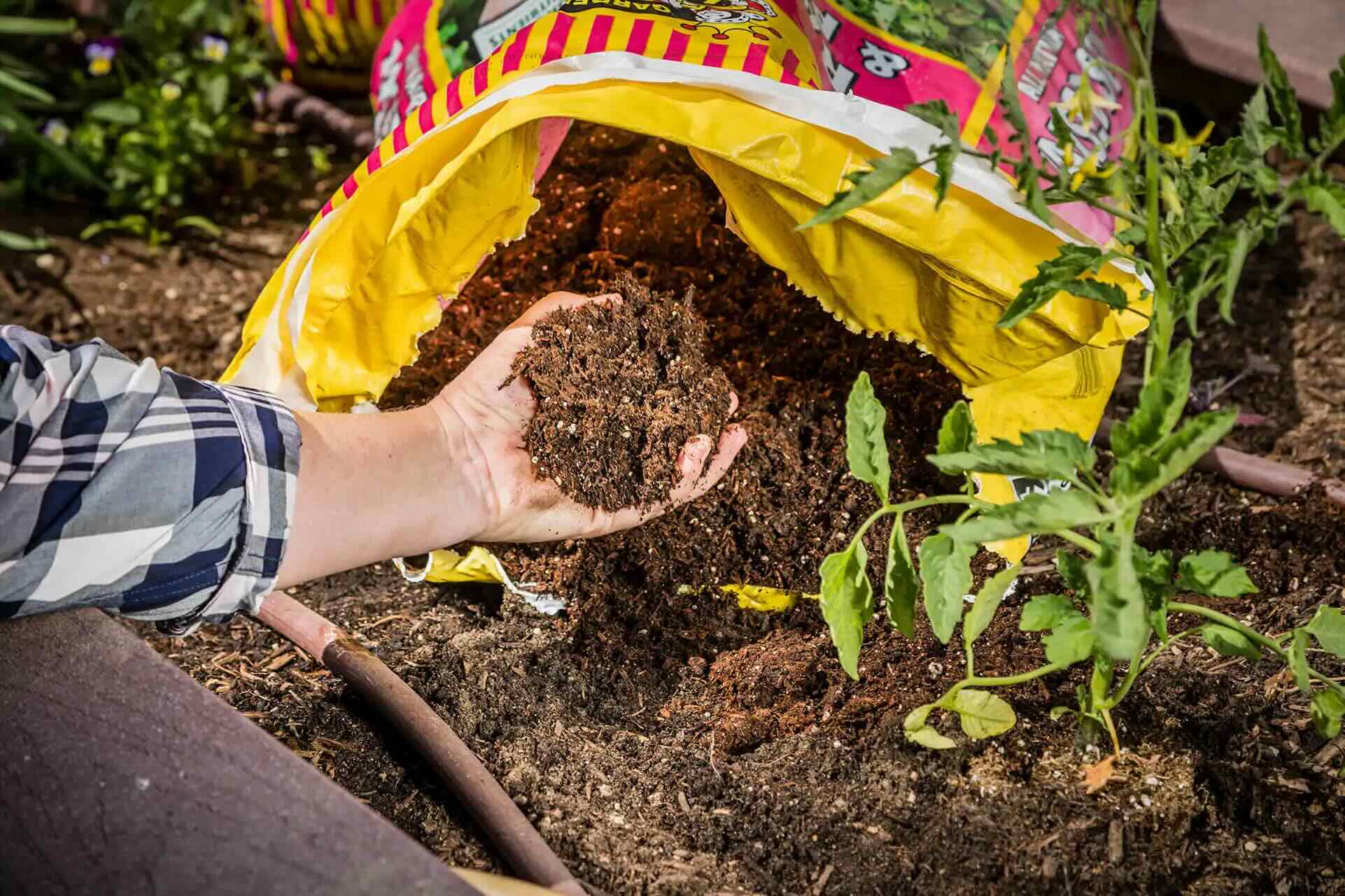

0 thoughts on “What To Fill Raised Garden Bed With”